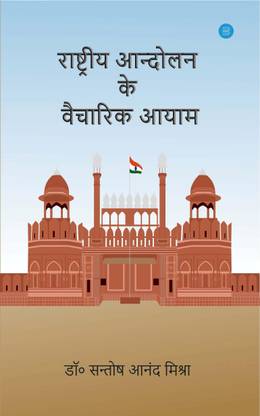QUESTION WITH ANSWER
CHAPTER-
THE RISE OF SMALL KINGDOMS IN SOUTH INDIA
(D) ANSWER THE FOLLOWING QUESTIONS IN BRIEF---
1.Name the powerful kingdom that emerged in south India in the eighth century.
Answer-The most powerful kingdom of South India is the Chola dynasty in the eighth century.
2. Name three kingdom that were mentioned in Ashok's edicts.
Answer-The Cholas, The Cheras and The Pandyas
3. Which languages flourished during Cholas and Panday's period?
Answer-Tamil, Telugu and Kannada
4.Name the main areas that formed the part of the Pandyas kingdom.
Answer-The main areas that formed the part of the Pandyas kingdom were-
Madurai
Trivenlvelli
part of Travancore
5. Where were the rock -cut temples built?
Answer- Mahabalipuram
(E) Answer the following question-
1. Mention the main achievements of Rajaraja, the Great.
Answer- Rajaraja pursued a policy of conquest for 14 years and conquered the Chalukya Kingdom of Vengi and captured Kerala and Madurai. He also built the famous temple Rajarajeshwara at Tanjore.
2. Describe the Socio-economic condition of the people in the Southern States.
Answer-The Socio-Economic condition of the people in the Southern States.
1.The society of South India was ridden. The Brahnins and Kshatriyas dominated the lower castes.
2.Land revenue was the main source of income.
3.It was a fixed at one third of the produce.
4.The economic condition of the people was good.
5.Agriculture, trade and weaving were the chief occupation of the people.
3.What were the religious beliefs of the people in the Southern states during the medieval period?
Answer-
The religious beliefs of the people in the Southern States-
1.Religious played and important part in the life of people in South India.
2.Hinduism was the most popular religion.
3.Vedic sacrifices were quite common.
4.The cult of Lord Vishnu and Lord Shiva also became important during this period.
4.Describe the development of art and architecture under the Southern rulers.
Answer-
1.The rulers of the southern kingdoms were not only a great warriors but also great patrons of art and architecture.
2. They built a number of important temples.
3. The large rock-cut temples at Mahabalipuram and Kailashnath were built in the eighth century.
4. The Shiva temple of Tanjore and the bronze statue of Nataraja are fine examples of Chola art.
5.List the differences between the kingdoms of North and South on the basis of following aspects-
Answer-
North kingdom
1.Administration- The king was all powerful in north India. He was assisted by different officials,
2.Economy-There was a great economy disparity among different social classes.They royal family and traders were prosperous. The people living in villages were poor.
3.Society-The rigid caste system led to the division of Indian society.
4.Religion-The Rajputs mainly worshipped God Vishnu and Shiva. They were worshipped Goddess Kali, Laxmi, and Durga.
5.Education-The elementary education was limited to temples and monasteries. The university of Nalanda and Vikramshila located in Bihar.
6.Art and Architecture-The examples of the paintings of north India can be found in the form of murals in palaces, caves and temples.
South kingdom
1.Administation-The king was the head of the state. His office was hereditary.
2.Economy-Land revenue was the main source of income. It was fixed at one-third of the produce by the Chola rulers.
3.The society of South India was also was also caste-ridden like that of north India.
4.Religion-Religion played an important part in the life of people in south India. Hinduism was the most popular religion.
5.Education-The temples of south India were not only the places of worship but also important centres of culture, administration and education.
6.Art and Architecture- The rulers of southern kingdoms were not only great warriors but also great patrons of art and architecture.
-----------------------------------------------------------------------------------------------------------------------------
--------------------------------------------------------------------------------------------------------------------------------------------------------------------------------------------------------------------------------------------------------------------------------------------------------------------------------------------------------------------------------------------------------------------------------------------------------------------------------------------------------------------------













4 Comments
Thanks a lot sir
ReplyDeleteThank you sir
ReplyDeleteThank you sir .this is very much useful for me.
ReplyDeleteVery good sir
ReplyDeleteThank you